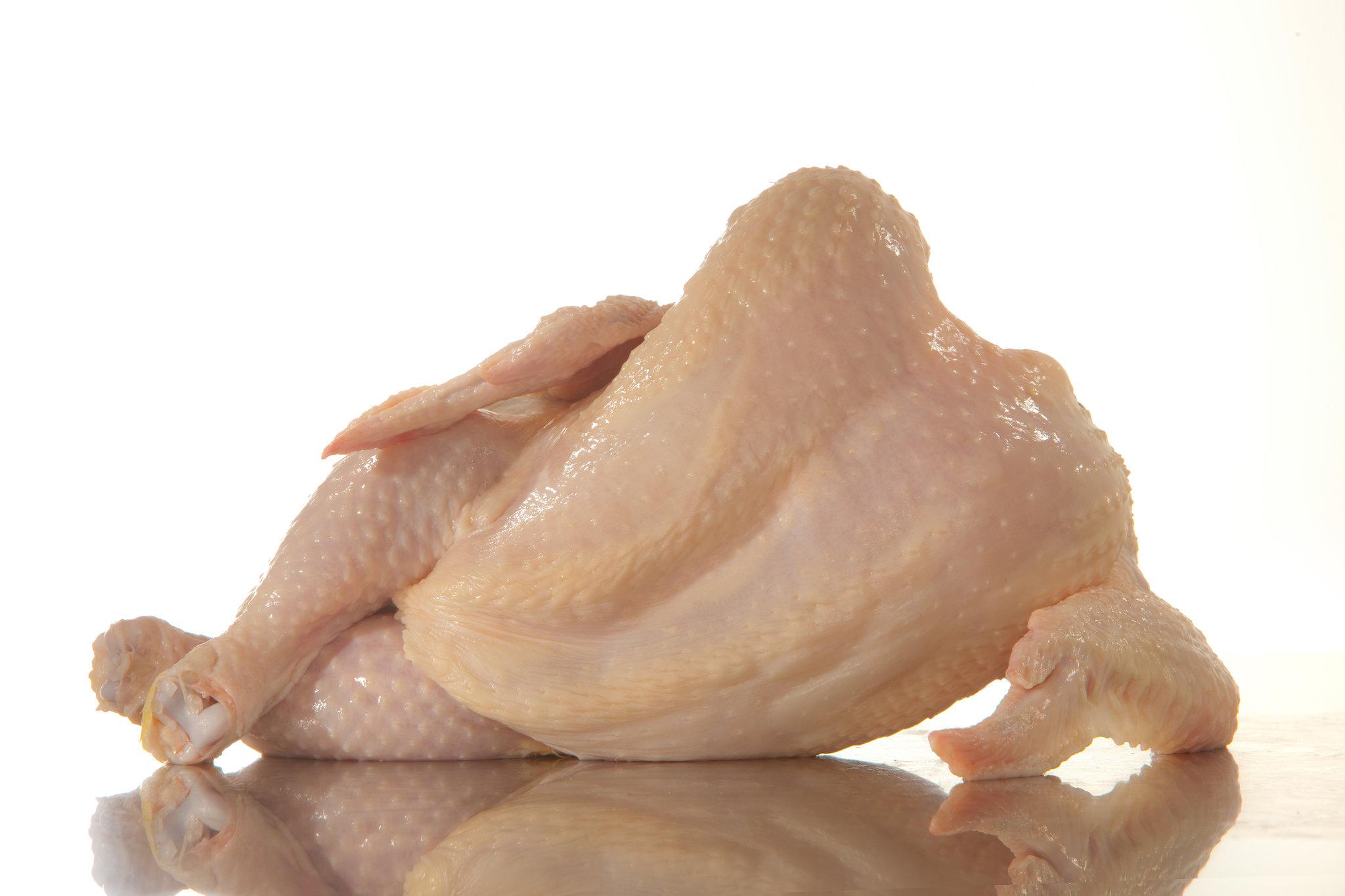As a devoted pet owner, ensuring the health and well-being of your furry friend is likely a top priority. With the rise of raw feeding diets, you may have found yourself wondering about the appropriateness of certain foods for your dog, particularly raw chicken. While many dog owners advocate for a raw diet, it’s essential to navigate the complexities of canine nutrition carefully.
In this article, we’ll explore the benefits and risks of feeding your dog raw chicken, what precautions to take, and how to make informed choices for your pet’s diet. Whether you’re considering a raw food approach or simply curious about what’s safe for your canine companion, we’re here to help you find the answers you need in a friendly and informative way. Let’s dive in!
Table of Contents
- Understanding the Risks of Feeding Raw Chicken to Dogs
- Nutritional Benefits of Raw Chicken for Your Canine Companion
- Safe Preparation and Serving Tips for Raw Chicken
- Consulting Your Veterinarian: When to Seek Expert Advice
- Q&A
- Wrapping Up
Understanding the Risks of Feeding Raw Chicken to Dogs
Feeding raw chicken to dogs may seem like a natural choice, but it comes with several risks that pet owners should carefully consider. One of the most significant concerns is the potential for salmonella and Campylobacter infections. These bacteria can easily contaminate raw poultry and pose a serious health threat, not only to dogs but also to humans. Symptoms of infection in dogs can include vomiting, diarrhea, and lethargy, and in some cases, these infections can lead to severe complications. Additionally, it’s important to note that dogs may carry these bacteria on their fur or in their saliva, thus increasing the risk of transmission to family members.
Another risk associated with feeding raw chicken is the possibility of nutritional imbalances. Dogs require a well-rounded diet to maintain their health, and relying solely on raw chicken can lead to deficiencies in essential vitamins and minerals. This is especially true if the chicken is not part of a balanced raw feeding regimen. Moreover, the bones in raw chicken can pose a choking hazard or lead to serious injuries such as intestinal blockages or perforations if they splinter. Understanding these risks is crucial in making informed decisions about a dog’s diet.
Nutritional Benefits of Raw Chicken for Your Canine Companion
Raw chicken can provide several nutritional benefits for your canine companion, making it an appealing option for pet owners looking to enhance their dog’s diet. This protein-rich food is an excellent source of high-quality protein, essential for muscle development and overall health. Moreover, raw chicken contains vital nutrients such as vitamins B6 and B12, which are crucial for energy production and maintaining a healthy nervous system. Additionally, the presence of minerals like phosphorus and selenium can contribute to improved bone health and stronger immune function.
Feeding your dog raw chicken also offers other advantages that can contribute to their overall well-being. It is a natural source of fats, which provide energy and support healthy skin and coat. Raw chicken bones, when appropriately sized and sourced, can play a significant role in dental health by helping to reduce plaque and tartar buildup. Consider these benefits:
- Improved digestion due to natural enzymes.
- More energy from high-quality proteins and fats.
- Healthier skin from essential fatty acids.
Safe Preparation and Serving Tips for Raw Chicken
When you’re ready to prepare chicken for your dog, consider the following tips to ensure a safe serving:
- Use fresh chicken: Always select the freshest chicken available to minimize the risk of spoilage.
- Cut into appropriate portions: Chop the chicken into bite-sized pieces that are suitable for your dog’s size.
- Thaw properly: If using frozen chicken, thaw it in the refrigerator rather than at room temperature to prevent bacterial growth.
- Monitor for allergies: After serving raw chicken for the first time, watch your dog for any adverse reactions.
Consulting Your Veterinarian: When to Seek Expert Advice
While many dog owners are inclined to make dietary changes for their pets, the decision to introduce raw chicken into their dog’s diet should be approached with caution. Not all dogs will react the same way to raw food, and some may have underlying health issues or sensitivities that could be exacerbated by this diet. Consulting your veterinarian is crucial if you notice any changes in your dog’s behavior or health, such as vomiting, diarrhea, or lethargy after eating raw chicken. Your vet can provide tailored advice based on your dog’s specific health needs, breed, and age.
Additionally, if you’re considering making raw chicken a routine part of your dog’s meals, it’s vital to discuss this with your vet to ensure it’s safe and nutritionally adequate. They may recommend a balanced raw diet or suggest specific supplements to prevent deficiencies. Signs that warrant a vet visit include:
- Persistent digestive upset
- Allergic reactions
- Changes in appetite
- Weight loss or gain
It’s important to prioritize your dog’s health above all else, and a professional can help navigate the complexities of raw feeding, ensuring your furry friend stays healthy and happy.
Q&A
Q&A: Can Dogs Eat Raw Chicken? What You Need to Know
Q1: Can I feed my dog raw chicken?
A1: Yes, many dog owners choose to feed their dogs raw chicken as part of a raw diet. However, it’s crucial to consider the potential risks and benefits before doing so. Consulting with your veterinarian about your dog’s specific health needs and dietary requirements is a good first step.
Q2: What are the benefits of feeding dogs raw chicken?
A2: Raw chicken can be a good source of protein, vitamins, and minerals for dogs. It’s believed to promote healthy skin and coat, improve digestion, and can help with dental health through the natural chewing process. Many dogs enjoy the taste and texture of raw meat.
Q3: What are the risks associated with feeding raw chicken to dogs?
A3: Feeding raw chicken does carry some risks, primarily the potential for salmonella or Campylobacter bacteria, which can cause gastrointestinal illness in both dogs and humans. Additionally, feeding bones can pose a choking hazard or cause intestinal blockages. Always exercise caution and ensure that the chicken is fresh and sourced from a reputable supplier.
Q4: How do I safely prepare raw chicken for my dog?
A4: To safely prepare raw chicken, keep the following tips in mind:
- Source: Buy high-quality, human-grade chicken from a trusted butcher or grocery store.
- Storage: Store raw chicken in the refrigerator or freezer to prevent spoilage.
- Sanitation: Wash your hands, utensils, and surfaces thoroughly after handling raw chicken to prevent cross-contamination.
- Supervision: When first introducing raw chicken, supervise your dog to ensure they chew the meat properly and don’t choke on any bones.
Q5: Should I feed my dog raw chicken bones?
A5: Raw chicken bones can be fed to dogs as they are softer and less likely to splinter than cooked bones. However, it’s important to monitor your dog while they eat to ensure they don’t choke. Avoid giving them cooked bones, as these can splinter and cause serious injuries.
Q6: How often can I feed my dog raw chicken?
A6: The frequency of raw chicken in your dog’s diet will depend on their individual dietary needs and nutritional balance. Some owners include raw chicken in their dog’s diet a few times a week, while others may use it as an occasional treat. It’s best to discuss portion sizes and frequency with your vet.
Q7: Are there any dogs that shouldn’t eat raw chicken?
A7: Certain dogs may be more sensitive to raw diets. Puppies, senior dogs, pregnant or nursing dogs, and dogs with specific health conditions (like pancreatitis or compromised immune systems) may not be ideal candidates for raw chicken. Always consult your veterinarian before making any significant changes to your dog’s diet.
Q8: What should I do if my dog shows signs of illness after eating raw chicken?
A8: If your dog exhibits symptoms such as vomiting, diarrhea, lethargy, or loss of appetite after consuming raw chicken, contact your veterinarian immediately. It’s important to address any potential health concerns promptly.
By understanding the benefits and risks, and by taking the appropriate precautions, you can make an informed decision about whether raw chicken is a suitable option for your furry friend!
Wrapping Up
while the idea of feeding your dog raw chicken may seem appealing to some pet owners, it’s essential to weigh the potential benefits against the risks involved. Understanding your dog’s individual health needs, along with proper food safety practices, plays a crucial role in making informed decisions about their diet. Always consult with your veterinarian before introducing any new foods, especially raw meats, to ensure it’s a safe option for your furry friend. By taking the time to research and consider your dog’s nutritional requirements, you can provide them with a well-balanced diet that keeps them happy and healthy. Remember, a little caution goes a long way in ensuring your dog’s well-being!
















